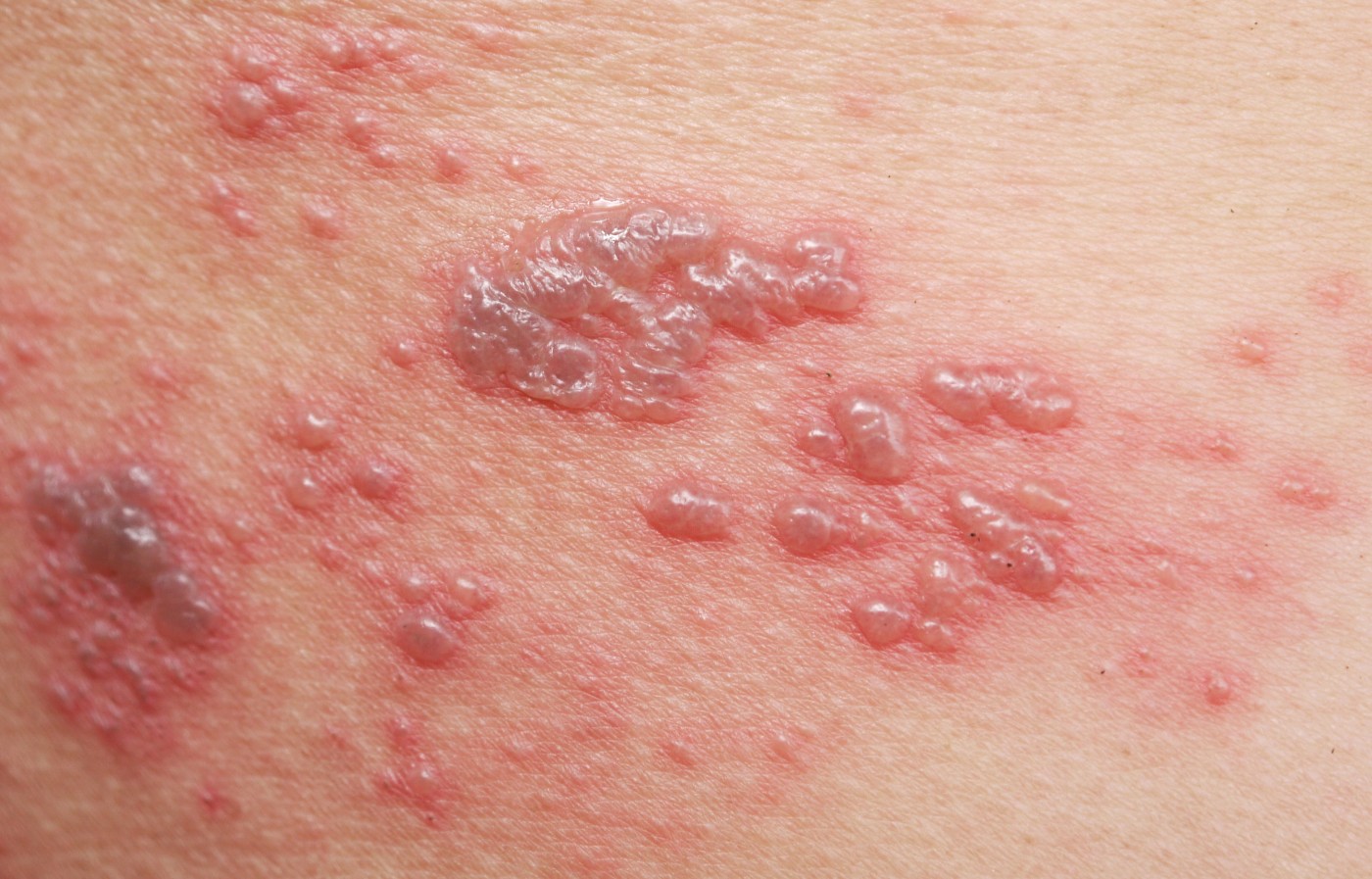Doctors Study Possible Link Between Dimethyl Fumarate (Tecfidera) and Shingles
Written by |

A case report of a woman with relapsing-remitting multiple sclerosis (RRMS) who developed shingles while being treated with dimethyl fumarate (Tecfidera) has raised questions of whether the drug reactivates the varicella-zoster virus.
The study, “Disseminated zoster with paresis in a multiple sclerosis patient treated with dimethyl fumarate,“ was published in the journal Neuroimmunology and Neuroinflammation.
The varicella-zoster virus, which causes chickenpox, remains in the body after an original infection, staying dormant in nerves in the spinal cord. While it’s of no more trouble for most people who had chickenpox as children, in some it can reactivate and cause the disease known as shingles.
Shingles more frequently occurs in immuno-compromised individuals than in healthy people, and treatment with various MS disease-modifying drugs have been linked to the virus’ reactivation.
Clinical trials of dimethyl fumarate in MS flagged the drug as safe in this respect — finding no increased risk for shingles among treated patients compared to placebo. The risk for shingles does, however, increase with age as the numbers of immune cells decrease. Dimethyl fumarate has a similar effect on immune cells, decreasing lymphocyte numbers by up to 30 percent in the first year of treatment.
A clinical research team at Johns Hopkins University encountered the 40-year-old woman when she was admitted to the hospital with pain and a new weakness in one of her legs, as well as a rash on her abdomen. She had been treated for RRMS with dimethyl fumarate for the past six months.
Since the team did not find any evidence of MS progression, it suspected shingles and stopped the dimethyl fumarate therapy, providing her with oral antiviral treatment. Her condition, however, worsened, and it soon became obvious that the shingles episode was what is known as disseminated shingles.
The varicella-zoster virus usually reactivates only in some spinal nerves, affecting a particular area of the body. But in people with reduced immune responses, the virus more often becomes active in several segments of the spinal cord, leading to the widespread symptoms of disseminated shingles.
Dimethyl fumarate treatment has recently been linked to progressive multifocal leukoencephalopathy (PML), which is associated with John Cunningham (JC) virus infection. Since the exact mechanism of dimethyl fumarate is unknown, it is not possible to conclude how the treatment might trigger viral disease. Some studies suggest that the drug decreases certain groups of T-cells to a larger extent, lowering defenses against viral infections.
Future studies will undoubtedly answer some questions on dimethyl fumarate’s involvement in viral disease, but meanwhile, the authors consider the therapy’s safety profile as “still evolving”, necessitating increased monitoring of patients.





